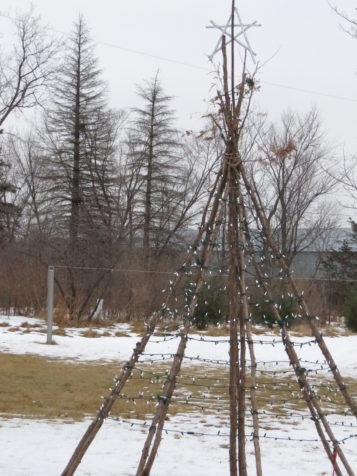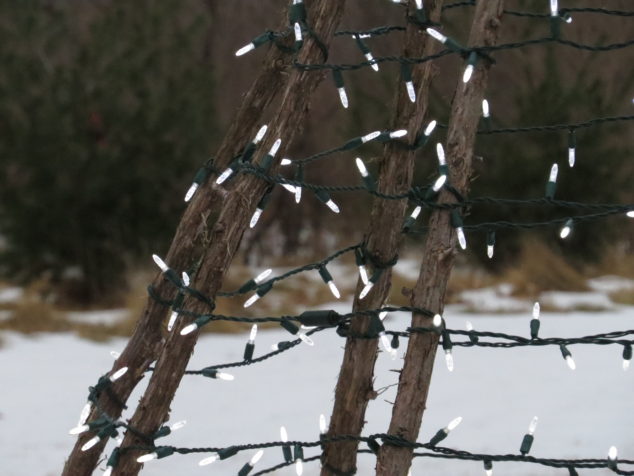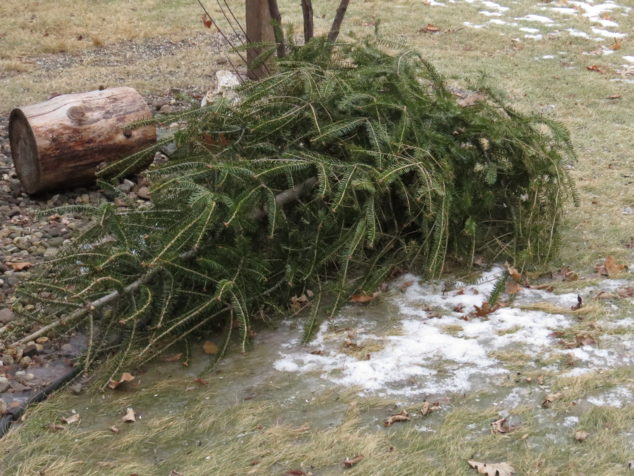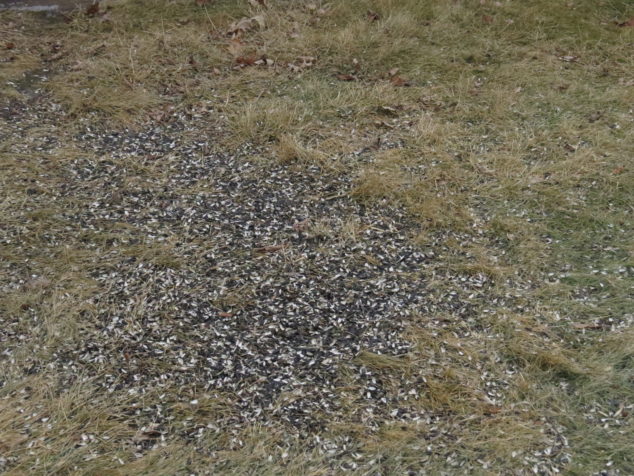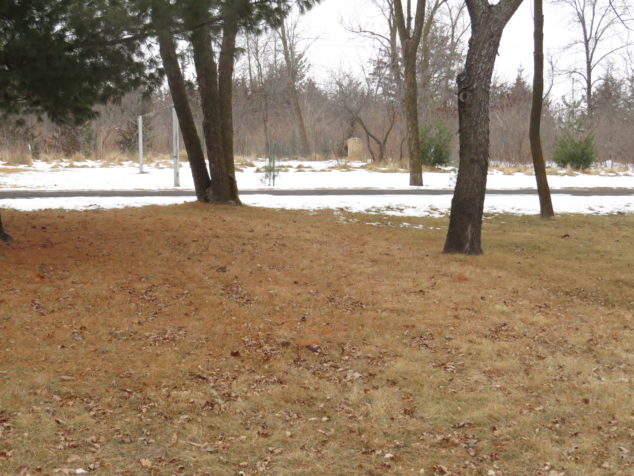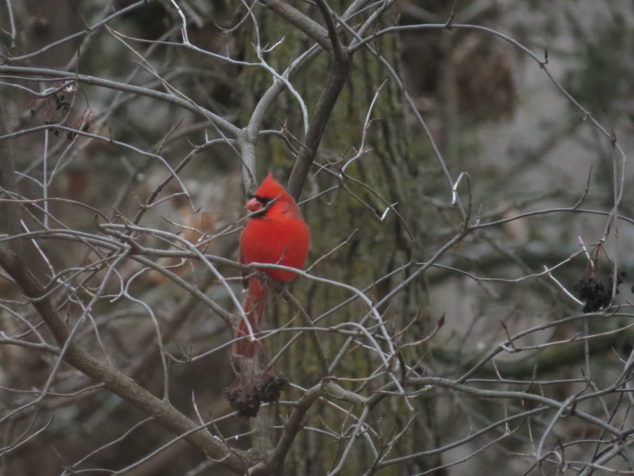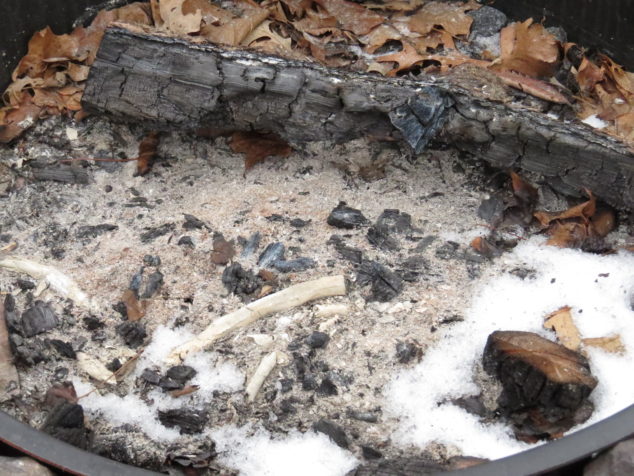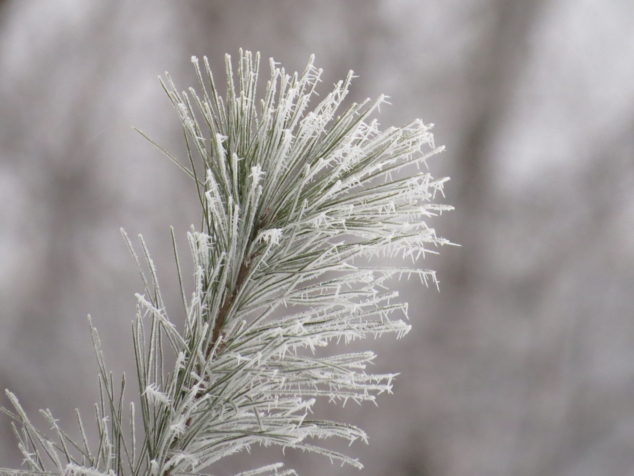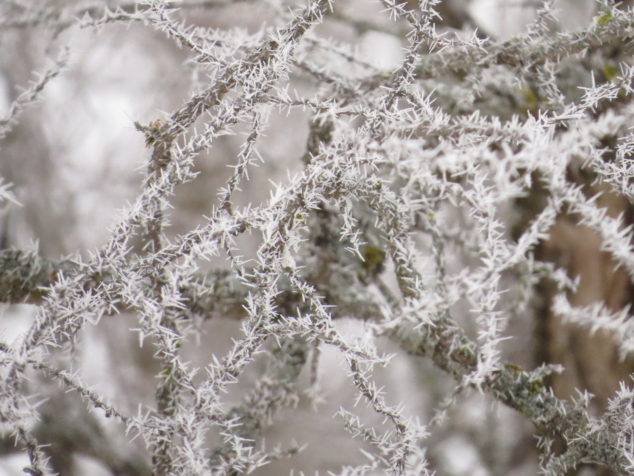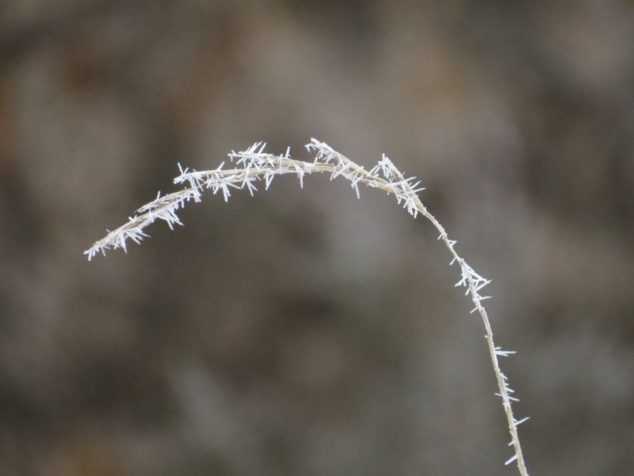In the aftermath of the Minnesota Vikings’ loss to the Philadelphia Eagles in the NFC Championship game, the disappointment was expressed in various ways—some were thankful for a great season, some were bitter that Minnesota would be hosting the Super Bowl for the Eagles’ fans who were ‘less than nice’ to the Vikings’ fans, and some were able to express their disappointment with humor. Bryan Leary of Minnetonka wrote a short, succinct letter to the Star Tribune: “When I die, I want Mike Zimmer, Mike Tice, Brad Childress, Denny Green, Jerry Burns and Bud Grant to be the pallbearers, so when my casket gets carried to the cemetery, they’d have the chance to let me down just one more time.” The pain is real.
January, in the aftermath of thankful and festive months, is long, dark, cold, and usually snowy. It is mostly a month to be endured, and getting through it gets us thirty-one days closer to Spring. Christmas decorations still hang in some corners of my house—I’m reluctant to give up the cheer of lights and shiny red decorations. The Christmas wreath is now a Valentine’s wreath, and hearts have replaced the nutcrackers that were nestled in the lighted evergreen garland on the mantle. Our cedar pole Christmas tree in the front yard still shines all night long—a reminder that we haven’t lost what we gained on that December day.
But the Christmas tree is now a perch for the birds by the backyard feeder, lying beside the aftermath of countless meals by birds and squirrels who ate the nutritious sunflower nuggets and discarded the outer seed cover.
The weather has not been typical for January—we’ve had the bitter cold, as usual, but the temperatures have swung into the forties for a number of days. Our piddling of snow, in the aftermath of thawing temps, has melted away. We missed the storm that dumped ten inches of snow on the Twin Cities on Monday that resulted in cancelled flights, stranded school students, and stuck commuters.
January, the first month of a New Year, lends itself to introspection. It gives us a chance to stop, look around, and assess our situation. Where am I in this New Year? What do I want my year to look like? Who am I? What kind of person do I want to be?
The aftermath of a New Year’s Day fire that tried to keep us warm in the sub-zero weather, reminds us that some things from the old year should be released to fire and sky but also cautions us that it’s hard to re-build the bridges we burn.
The warm, gray days that melted the snow produced fog and bone-chilling dampness. In the aftermath of fog and freezing nighttime temperatures, spikes of frost coated the trees and grass, transforming them into winter beauty.
Aftermath: something that results or follows from an event, especially one of a disastrous or unfortunate nature; consequence. In the aftermath of a wildfire, mud slide, flood, hurricane, tornado, or snowstorm, the pain is real. In the aftermath of death, divorce, job loss, disease, injury, or other traumas, the pain is real. In the aftermath of disappointment, discord, impropriety, conflict, or disunity, the pain is real. So what to do with the very real pain…. Malcolm Lowry wrote about “the long black aftermath of pain.” There is a long, dark, cold period of time to be endured—which gets us closer to some resolution, solution, closure, peace, forgiveness, transformation, or justice. We triage our situation, do what we can to stop the bleeding, adjust, repair, recycle, receive, work, struggle, release, give thanks, make progress, laugh, backslide, and transform. The pain begins to diminish. We begin to find our way again. A second meaning of aftermath is a new growth of grass following one or more mowings. New growth after being cut down. We remember that we haven’t lost what we gained in that lifetime before the pain, but by various, glorious ways, we step ever closer to Spring.
